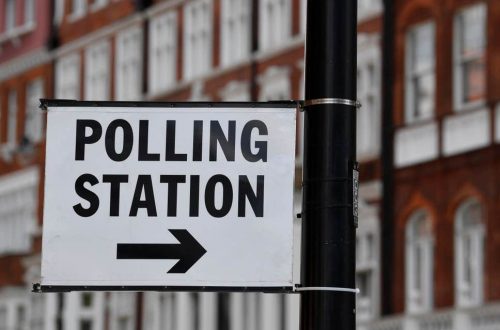The think tank Civitas has published a study which considers the decade-long rise in the popularity of collective public displays of emotion.
Patrick West, a freelance writer and the author of the 80-page polemic, argues that cynical and selfish motives lie at the root of all recent public displays of grief. “To today’s collective ‘carers’, the fate of the homeless, starving Africans or dead celebrities is not actually of principal importance,” he writes.
At first blush I thought this might be a trifle harsh. However West points out that the rise of the public display of concern has taken place at the same time as a substantial dip in the value of donations made to charity.
Between 1995-99, as ribbons flourished, donations to good causes dropped 31 per cent.
Maybe he does have a point. Badges and ribbons by themselves don’t cure disease.
The study also aims polemical fire at other targets.
Anti-war and “drop the debt” marches, protests that attribute human characteristics to animals, and “ill-informed sentiments that pour from the mouths of attention-seeking actors, singers and artists” are also lambasted.
I wonder if he had Jude Law in mind with that last comment.
It’s not a very flattering picture but it does give me the chance to ask readers whether they know any reason flowers left for dead celebrities or at crash sites are done so covered in ugly plastic wrapping. Perhaps there’s a metaphor in there somewhere.


